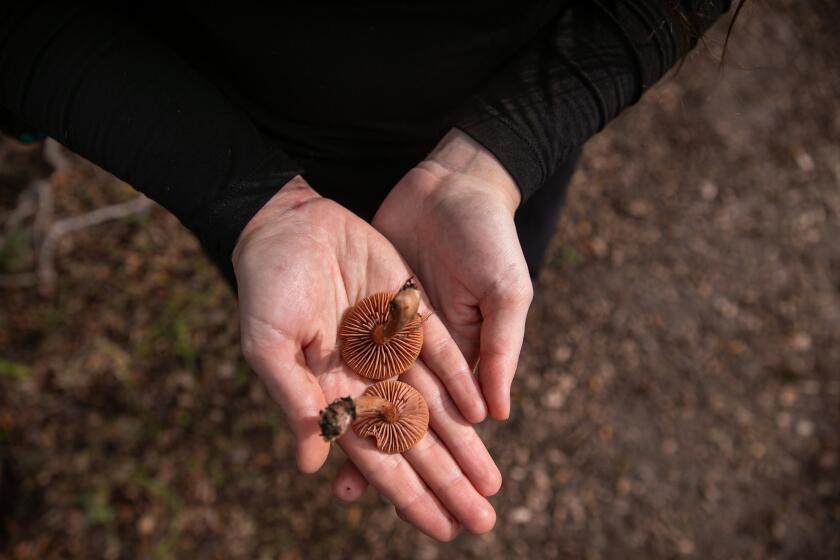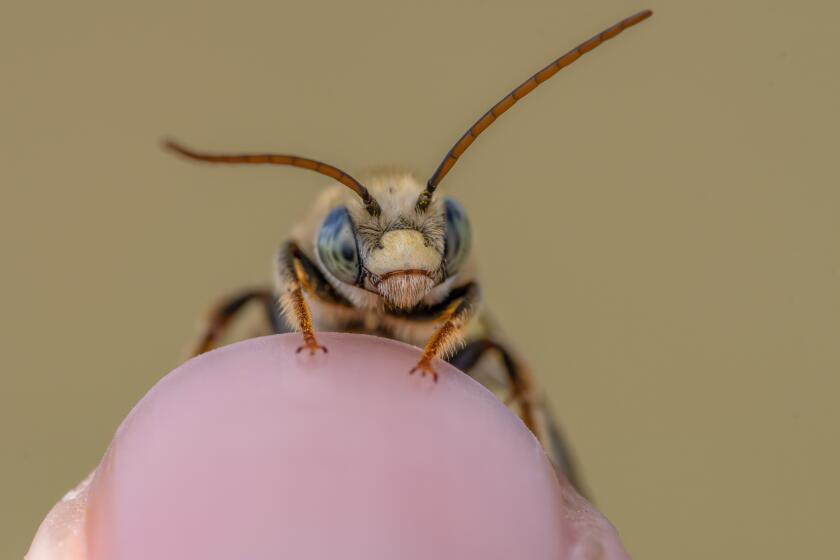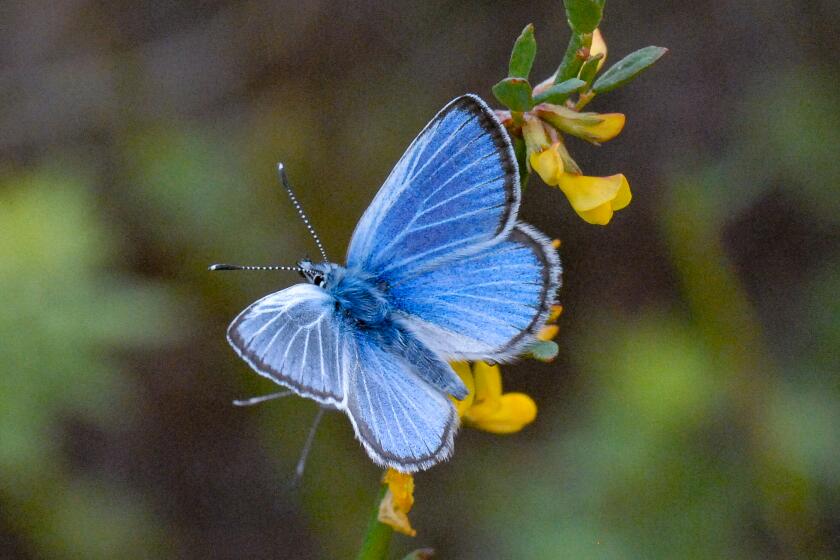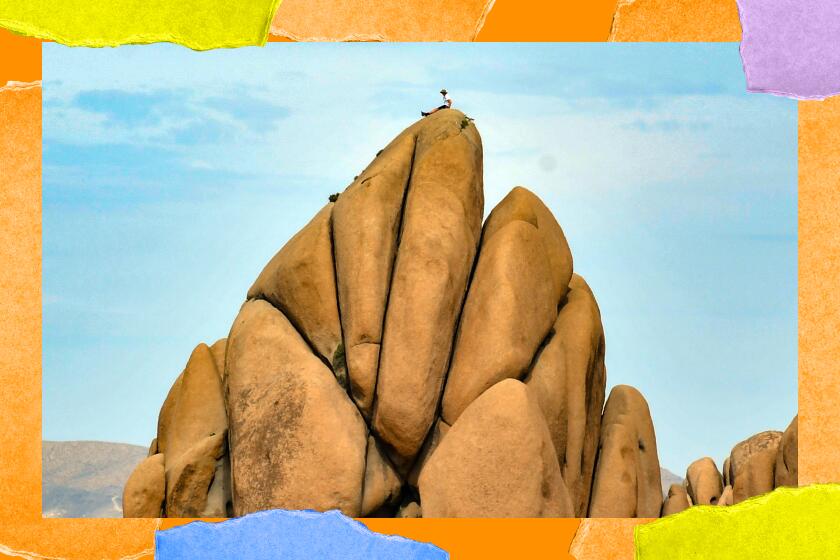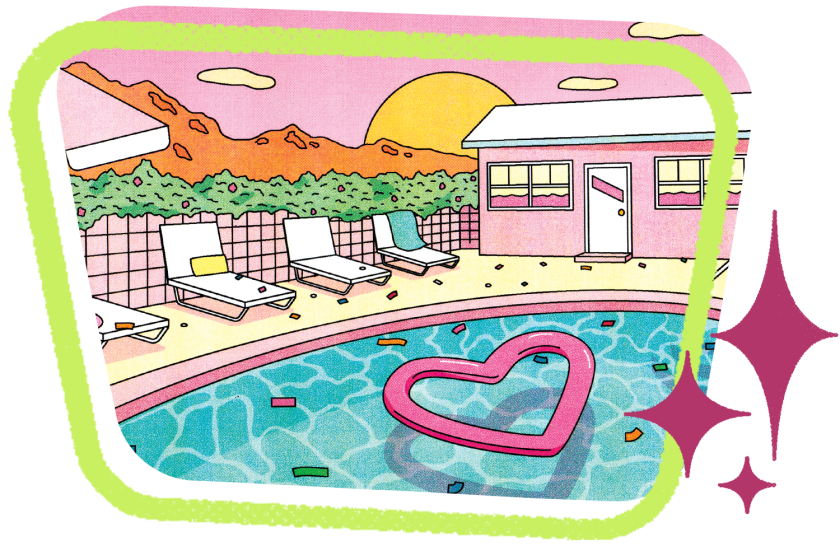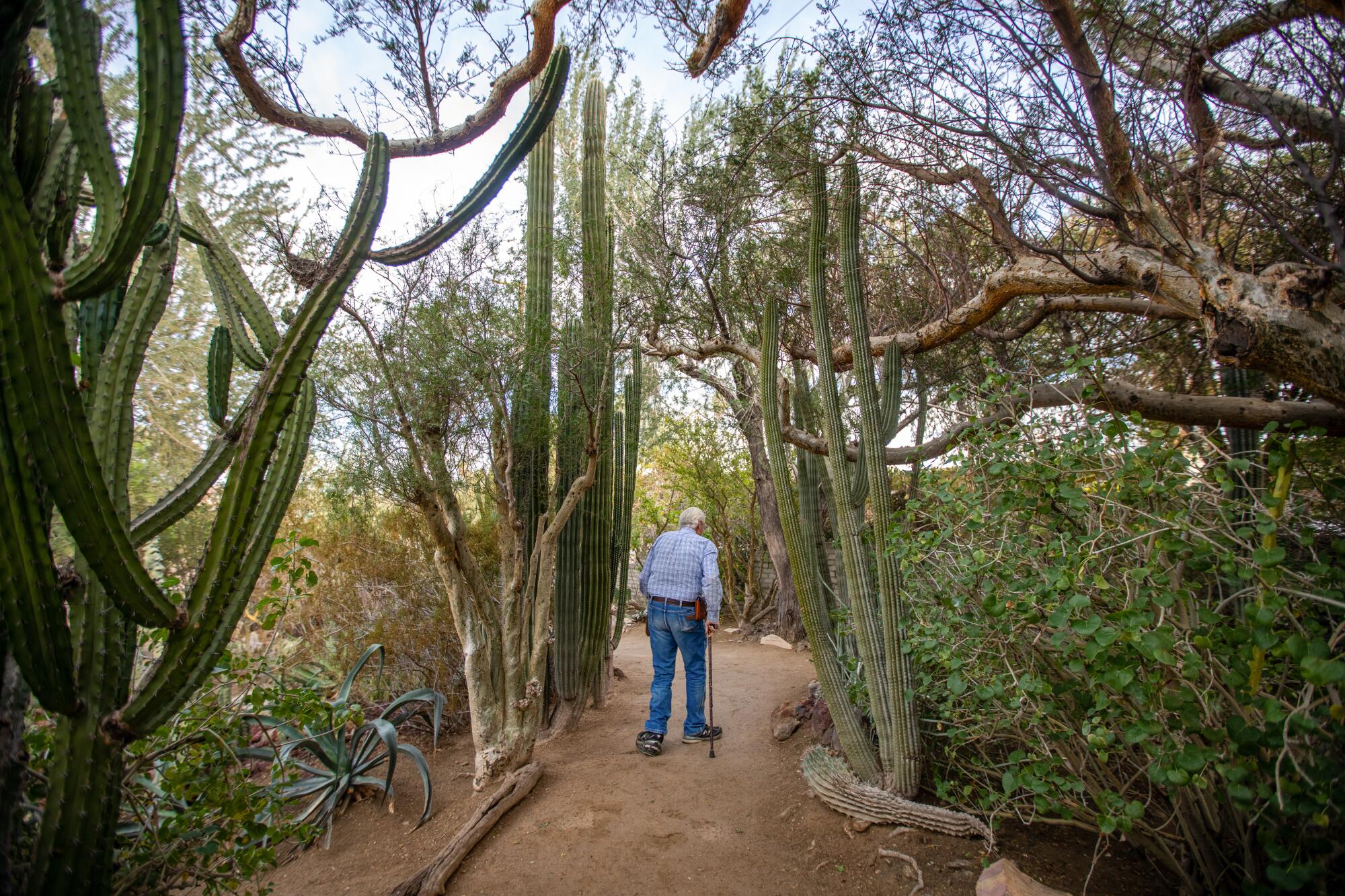
- Share via
Enter Moorten Botanical Garden in the Mesa neighborhood of south Palm Springs and you’re on a different clock, in a different time.
It’s just an acre or so of mature, artfully arranged cactuses and desert plants along shady dirt paths with hand-lettered signs, decaying desert artifacts and the famous “cactarium,” a small weathered Quonset hut stuffed with weird and rare cactuses — some winding along the ground like snakes, one growing upside down from its pot like a prickly stalactite.
This quirky, endearing garden is also one of the last remnants of old Palm Springs, when there was time to watch little birds flit fearlessly among the thorns, marvel at a palm that grows sideways about 8 feet before it grows up and listen spellbound to the seemingly endless stories of the founders’ 80-year-old son, Clark Moorten, as he greets you near the gate.
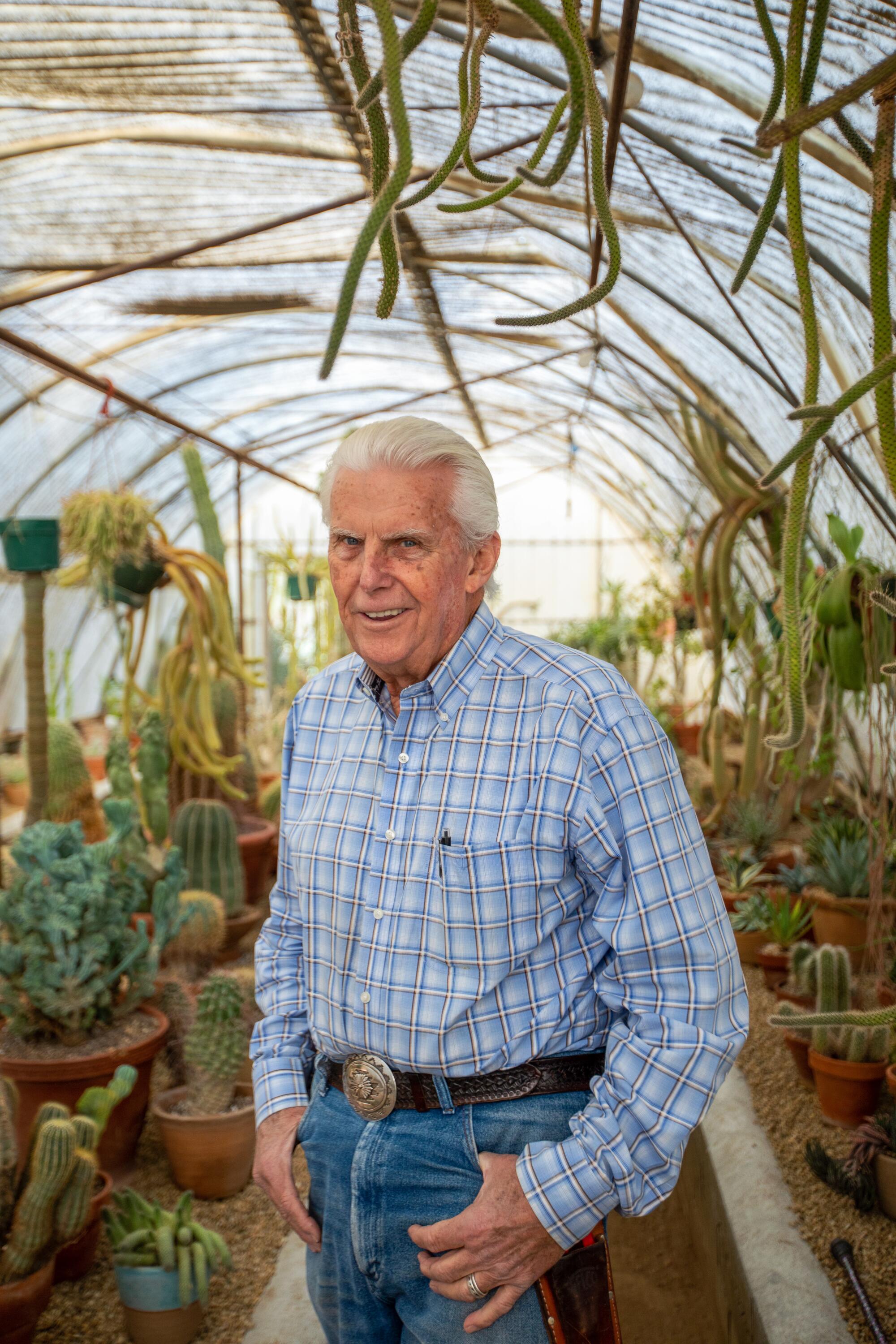
This little bit of time travel won’t set you back much — admission is just $5 to wander the grounds ($2 for ages 5-15, free for children under 5), and it’s open daily from 10 a.m to 4 p.m. except Wednesdays.
“When we first started some 60 years ago, it was just 50 cents, but $5 is a good deal now for one of the 10 best places to visit in Palm Springs,” Clark said. “It’s worth $5, don’t you think? I had this guy come in once and demand a senior-citizen rate. I told him the price was the same for all adults, but he said, ‘I think it’s a law. You have to do it.’ Well, I know it’s not a law, but he wouldn’t let go, so finally I said, ‘OK. Then the senior rate is $10.’”
As usual, Moorten ends his story with a shy, short chuckle before he launches into a new one. After a while it’s hard to remember — or care — that you came for the cactuses, not this effortless stand-up from a tall, chiseled man with thick white hair, keeping cool in front of a giant blower fan as he collects your cash.
When should you plant wildflower seeds in Southern California? With all the rain, January is a good time to scatter. Otherwise, November and December are best.
There, at the counter where you pay, is a modest shrine to Moorten’s parents and the garden’s creators, Patricia and Chester “Cactus Slim” Moorten. There’s a black-and-white photo of them — she slender and smiling, he lean and weathered — plus a few faded newspaper articles preserved under glass, but the real keeper of the flame is Clark himself, their only child, who talks about his parents with such respect and affection that it’s almost as though they’ll join us at any minute. “Slim” was 75 when he died in 1980, and Patricia, 15 years his junior, died in 2010 at the age of 90.
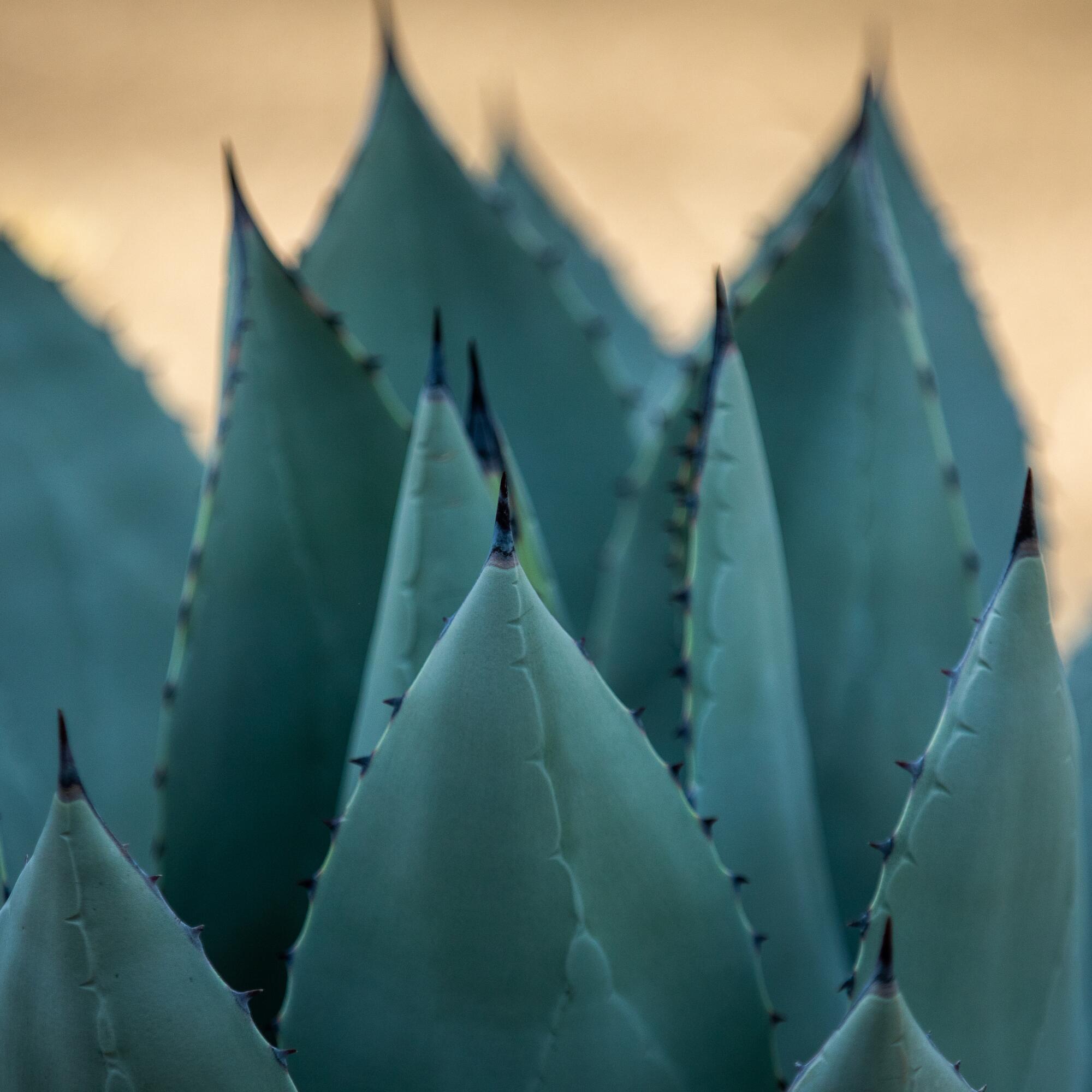
“They were such a team, and I was just part of the crew, “ Clark said. “To have a vision of this garden, or even landscaping with desert plants in the 1940s and ’50s, is unbelievable. They’re popular now, but years ago you never saw a lot of cactus and succulents in landscapes. They just had this interest and love for all things of nature.”
Slim, as most people knew him, was born in western Washington and started working for the railroad after he was orphaned at 16. “He never finished ninth grade but he was still the smartest man I ever knew,” Clark said. “He just read everything and absorbed knowledge; he could quote the Greek scholars and some little detail he remembered about what he’d read. And he had the ability to work day and night. He’d be out before dawn and still be working on some project at 8 that night. It was unbelievable.”
L.A. residents must now put food waste in their green bins, or create their own compost pile, and there are lots of classes in February to teach you how.
Family friends urged Slim to get into movies “because he was such a character,” Clark said, “so in the early ’20s, he hitchhiked to Hollywood” and became a Keystone Kop and then a character actor. (“He never had speaking parts because he didn’t have a good speaking voice.”) It was on the set of Howard Hughes’ 1930 World War I film “Hell’s Angels” that Slim learned he had tuberculosis.
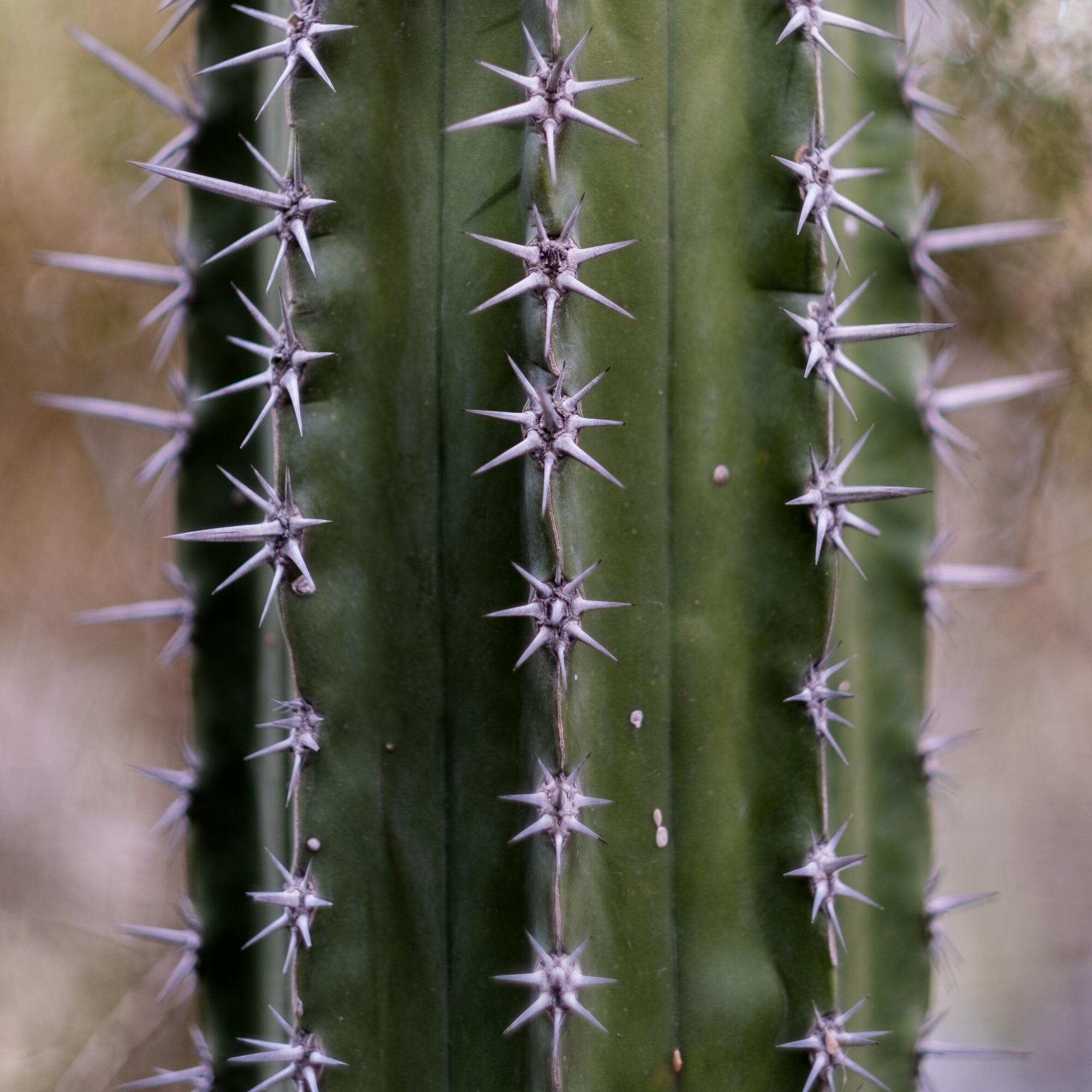
By then, he was 6-foot-3 and just 100 pounds, Clark said. Doctors urged him to enter a sanitarium for treatment, but Slim refused and headed for the desert, although doctors warned him he would be dead in a year.
Instead, Slim moved to Joshua Tree, working at gold mining and collecting interesting rocks and cactuses, which he began propagating and selling on the side. He kept a journal, with just a few succinct, prescient entries, Clark said. “He wrote, ‘Mining gold and growing cactus is damn hard work. Cactus pays better.’”
The best tips and tricks for identifying and responsibly gathering fungi in the wild.
Eventually, Slim went full-time into growing cactuses. He leased some land from the Agua Caliente tribe on the outskirts of Palm Springs where he grew his desert nursery stock and opened a small rock and cactus shop in downtown Palm Springs.
He met Patricia at a nursery wholesaler’s office in Los Angeles. The dealer told Slim, “I have a young lady working for me that you should meet. I think you have a lot in common,” Clark said, and it didn’t take long for them to agree. Patricia was an amateur botanist with a huge interest in the natural world, he said, especially desert plants and rocks.
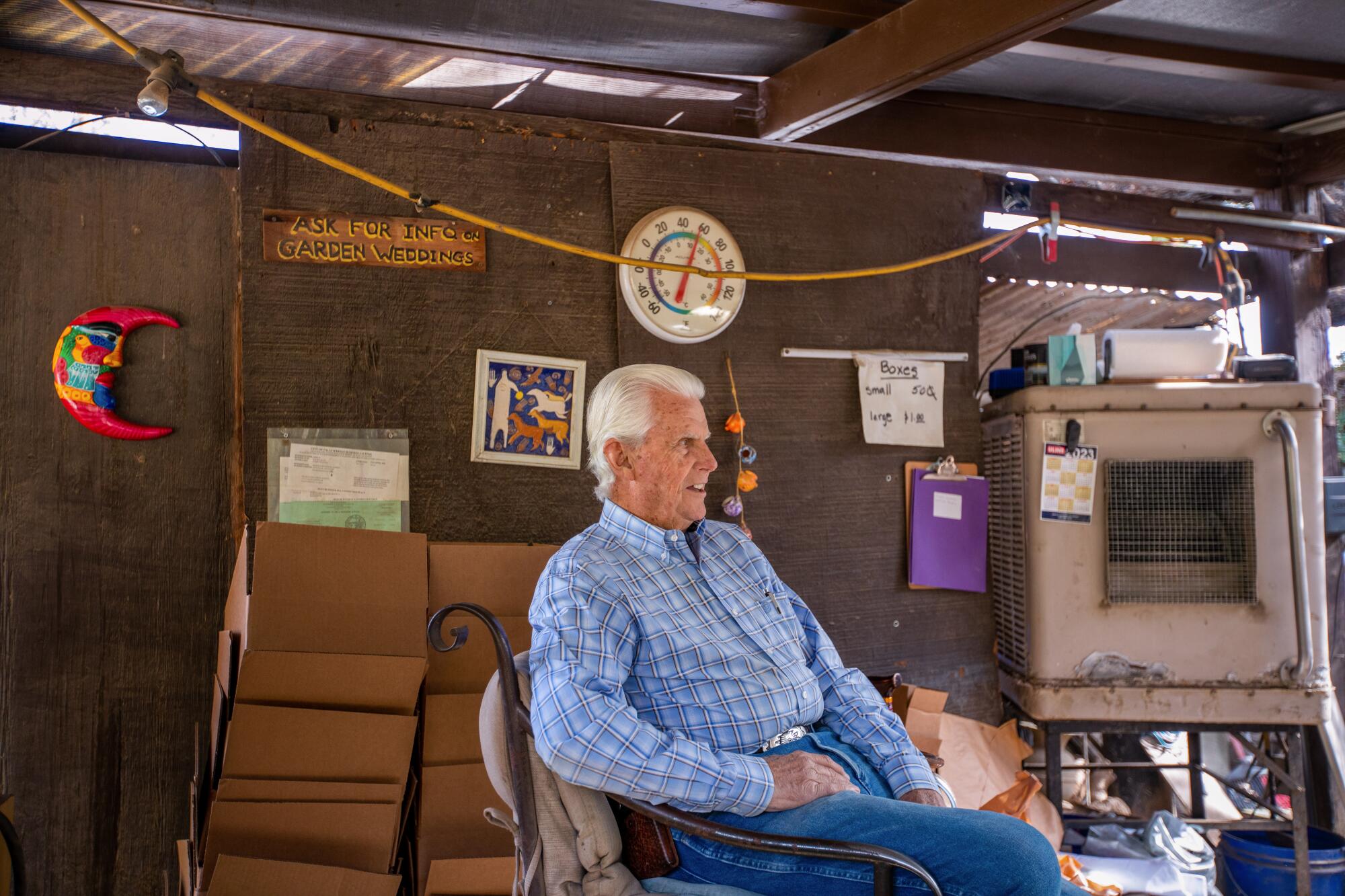
Slim began taking on landscaping jobs for Palm Springs residents, including celebrities such as Bob Hope, Frank Sinatra and Walt Disney.
“I was with my dad when he got the message that he should meet with Walt,” Clark said. “He wanted my dad to meet with his landscape architect because he was ‘planning a little amusement park in Anaheim’ ... and that’s how he supplied the desert plants for Disneyland’s Frontierland.”
Artist-turned-community scientist Krystle Hickman quit the 9-to-5 life to find her passion: photographing California’s endangered native bees.
In those days, celebrities were just part of the mix in Palm Springs, Clark said, and his eldest son, Rick Moorten, agrees. He remembers going with his grandmother to pick up mail for actor Robert Wagner at his desert home and swimming in his pool. “I was just a kid,” Rick said. “I didn’t know it was a big deal.”
In between all this landscaping of desert homes, Patricia and Slim bought one of their own in 1955, a two-story, Spanish-style home Patricia dubbed the “Cactus Castle.” The poured-concrete house was built in 1929 by artist and photographer Stephen H. Willard, who moved to Mammoth Lakes “because he felt the desert was getting overdeveloped and disappearing,” Clark said.
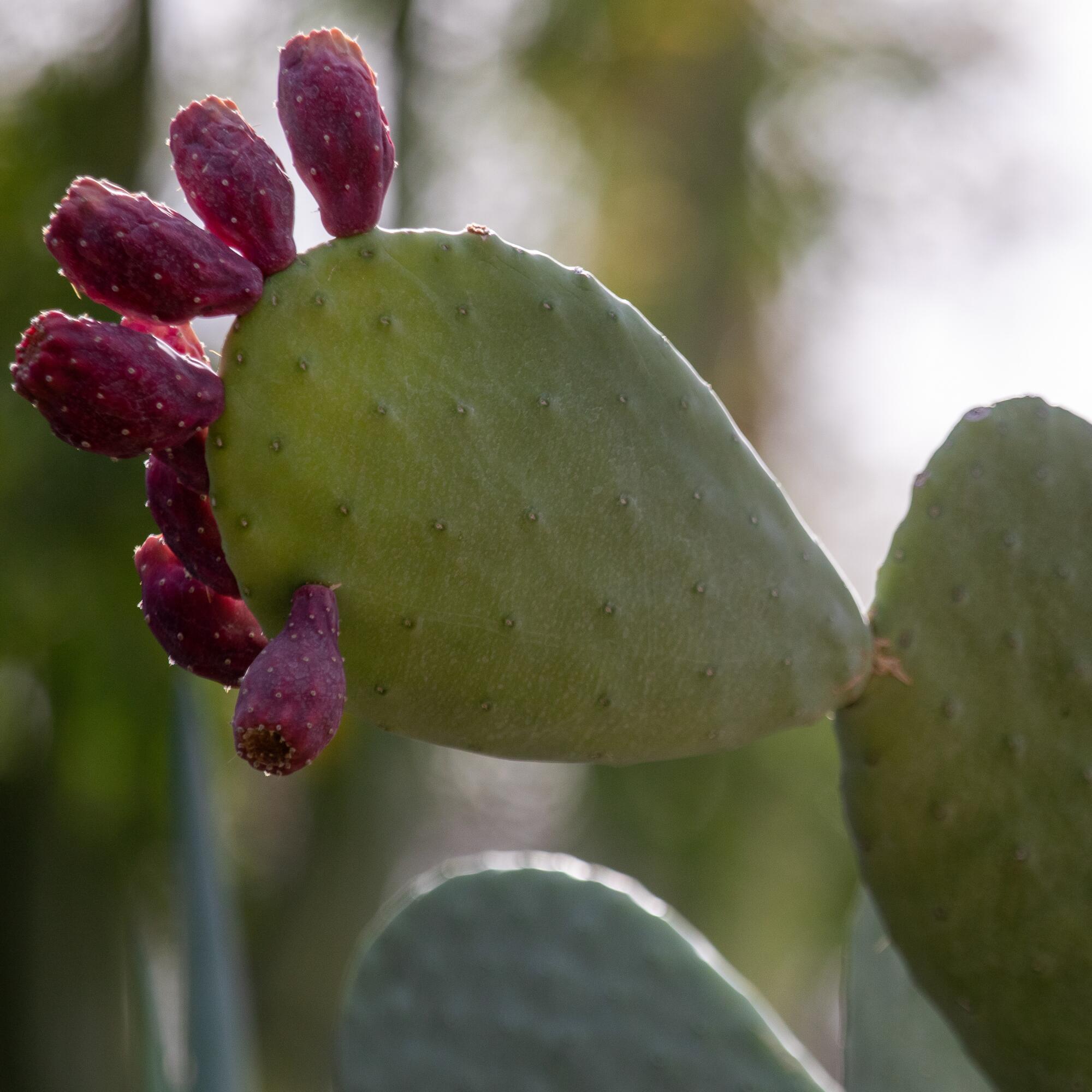
“When we moved in here, there were eight palm trees, some creosote bushes and three or four native trees,” Clark said. “I must have been 12 years old when we started planting, and there was not much around here except a mobile home park down the road. All the way to the canyon it was wide open desert, and oh, I loved it then.”
Slim and Patricia did most of the planting and landscaping, and Slim moved many of the large plants and rocks himself using leverage, Clark said. Years later, Rick remembers his grandfather still moving giant palm trees by himself, using large poles “like pickup sticks” to lever them into his pickup.
Slim discovered a palm tree growing sideways in 1959 and planted it near the entrance to the Cactus Castle, and six months later brought in a few tall boulders to prop up the tree and build a small waterfall. He used a crane to move those stones, Clark said. “They weighed about 10 tons,” he said. “My dad was strong but not that strong.”
Palos Verdes and El Segundo blue butterflies are hard to spot. But you can see them if you know where and when to look. There are also ways to help the endangered insects.
Clark worked alongside his dad and traveled with his parents as they searched for new varieties for their garden. Patricia was the garden’s chief promoter, Clark said. She urged Slim to build a shelter for cactuses that didn’t like too much sun. Slim didn’t like the idea but he did it, Clark said, and then Patricia made up a name for the humble enclosure: the “cactarium.”
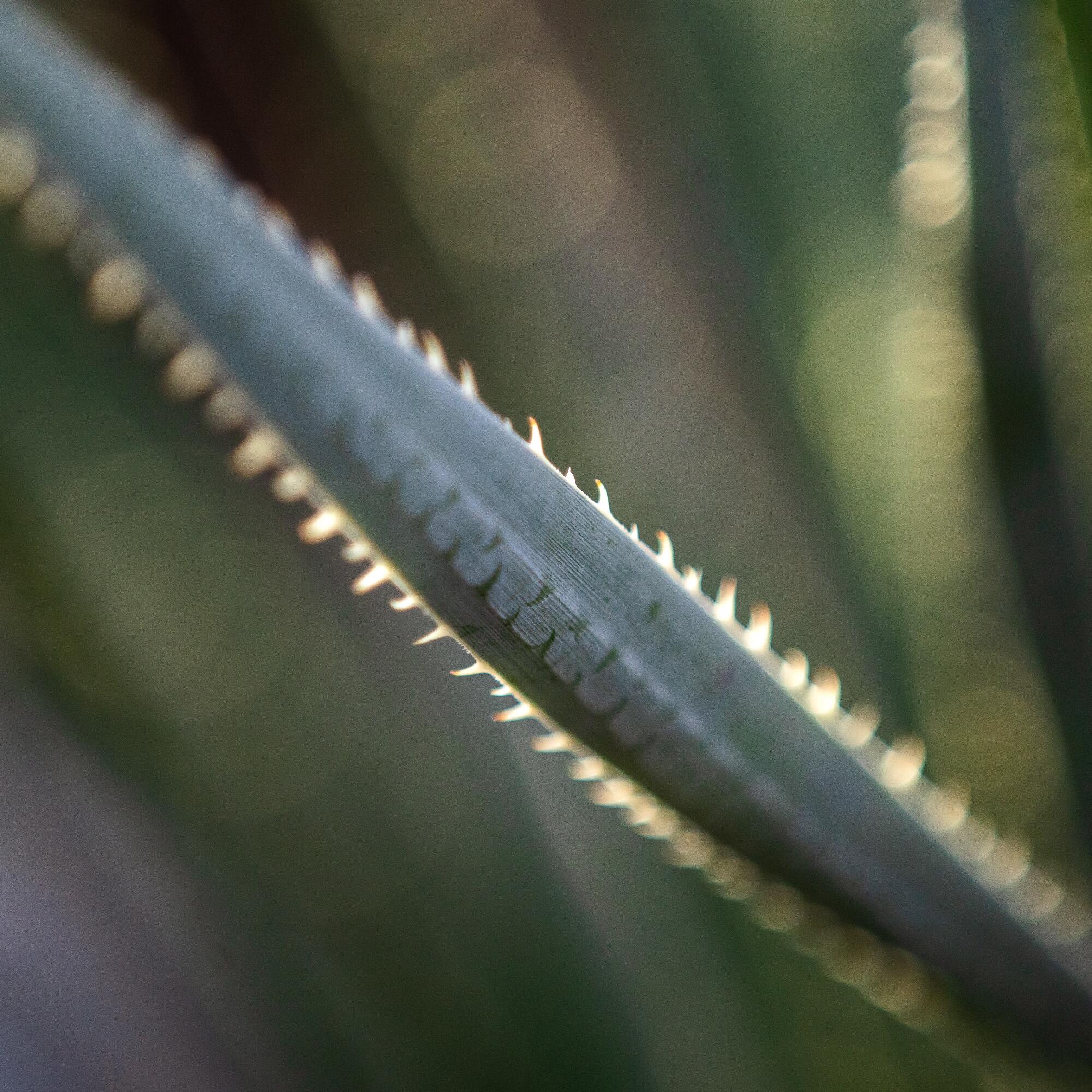
It was through his mother that Clark really got his appreciation for cactuses. “I was born with stickers in my butt,” he said, “and I’ve been around them all my life. But my mother would say, ‘Cacti are one of the highest forms of life because they’re so adaptable.’ They were native to the Americas but they’ve learned how to survive so many different conditions and climates.”
Originally the garden was meant as an illustration of what you could do by landscaping with cactuses and other desert plants. Schoolchildren would come in for tours, Clark said, to see the plants but also his parents’ collection of desert artifacts, rocks and minerals.
Knowing when not to visit a remote area involves assessing environmental tolls, listening carefully to rangers and obeying park rules. Here’s how to preserve the places you visit at Joshua Tree National Park’s Cadiz Valley, the Mojave Desert and beyond.
Around 1960, Patricia decided they should start offering a package wedding service at the garden for $350. They grew a small patch of grass in front of the Cactus Castle, by the waterfall, for ceremonies there or in the garden itself. “We knew a photographer who lived around the corner, and he’d shoot a roll of 36 [photos] for the couple,” Clark said. “And then we had a local officiant who would come in and do the ceremony for $50, and boy, some years we did 60 to 70 weddings, sometimes two in a day.”
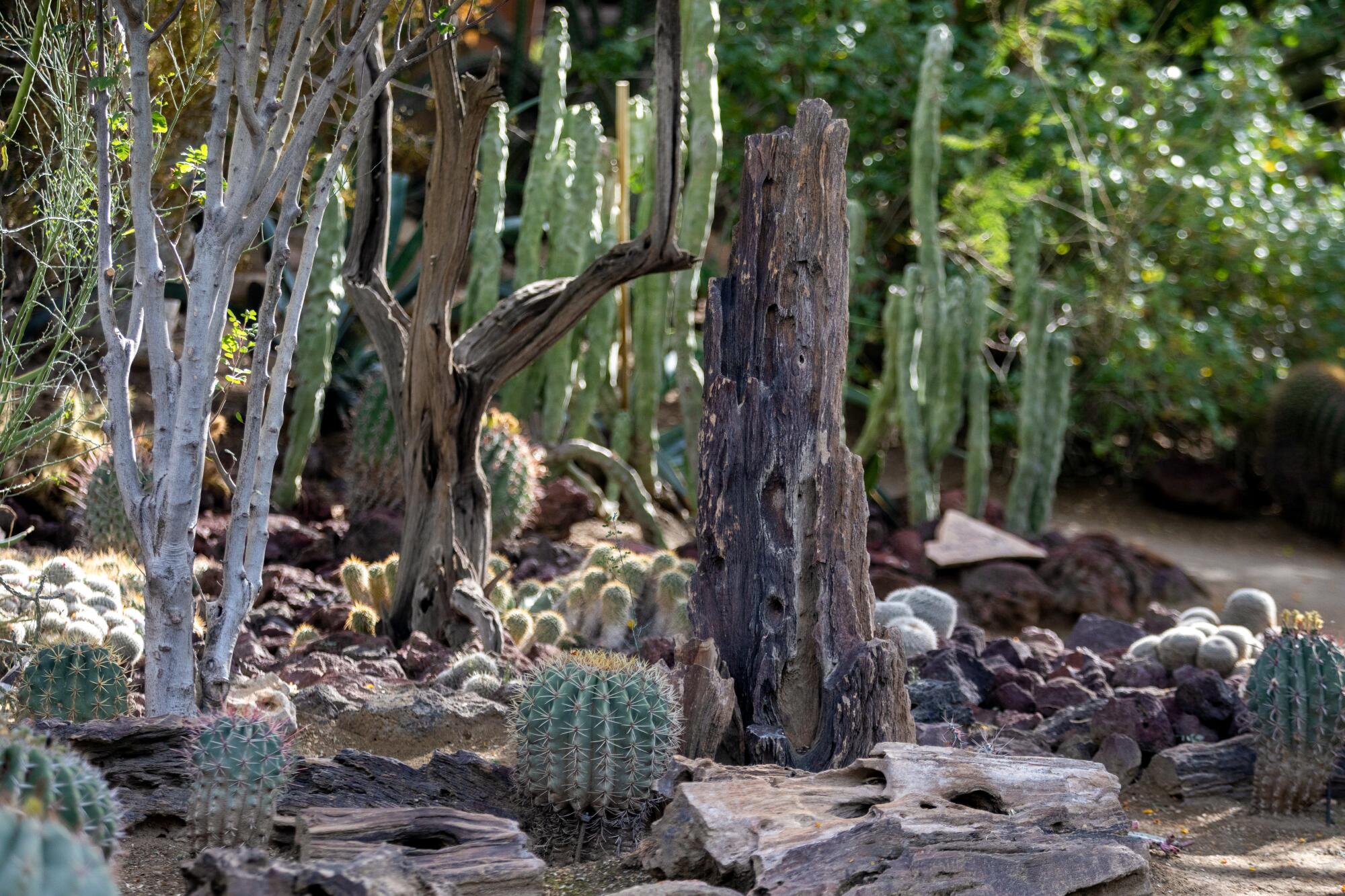
They tried offering receptions too but stopped that pretty quickly after some groups wanted to party all night, Clark said. “Palm Springs has a limit on noise. You’ve got to stop the music after 9 p.m., but after two or three hours of indulging in adult beverages, some people would say, ‘We can stay as long as we want.’ No more. Now we just do weddings for up to 100 guests — I think it costs about $2,000 now — and you have to do your reception someplace else.”
The family still sells plants — there’s a large nursery of cactuses, succulents and pots near the entrance — but no more landscaping. Family members help in the garden and at the desk, including Carolyn, Clark’s wife of 43 years.
Rick, who has a syndicated morning radio show called “Hey Morton” in San Diego, visits the garden often and has pledged to keep it going when his father is gone.
“The other kids aren’t interested, which is understandable, but Rick will keep this garden going because the family legacy is really important to him,” Clark said. “We’ve actually started doing Instagram videos once a month where we talk about family stuff and family history.”
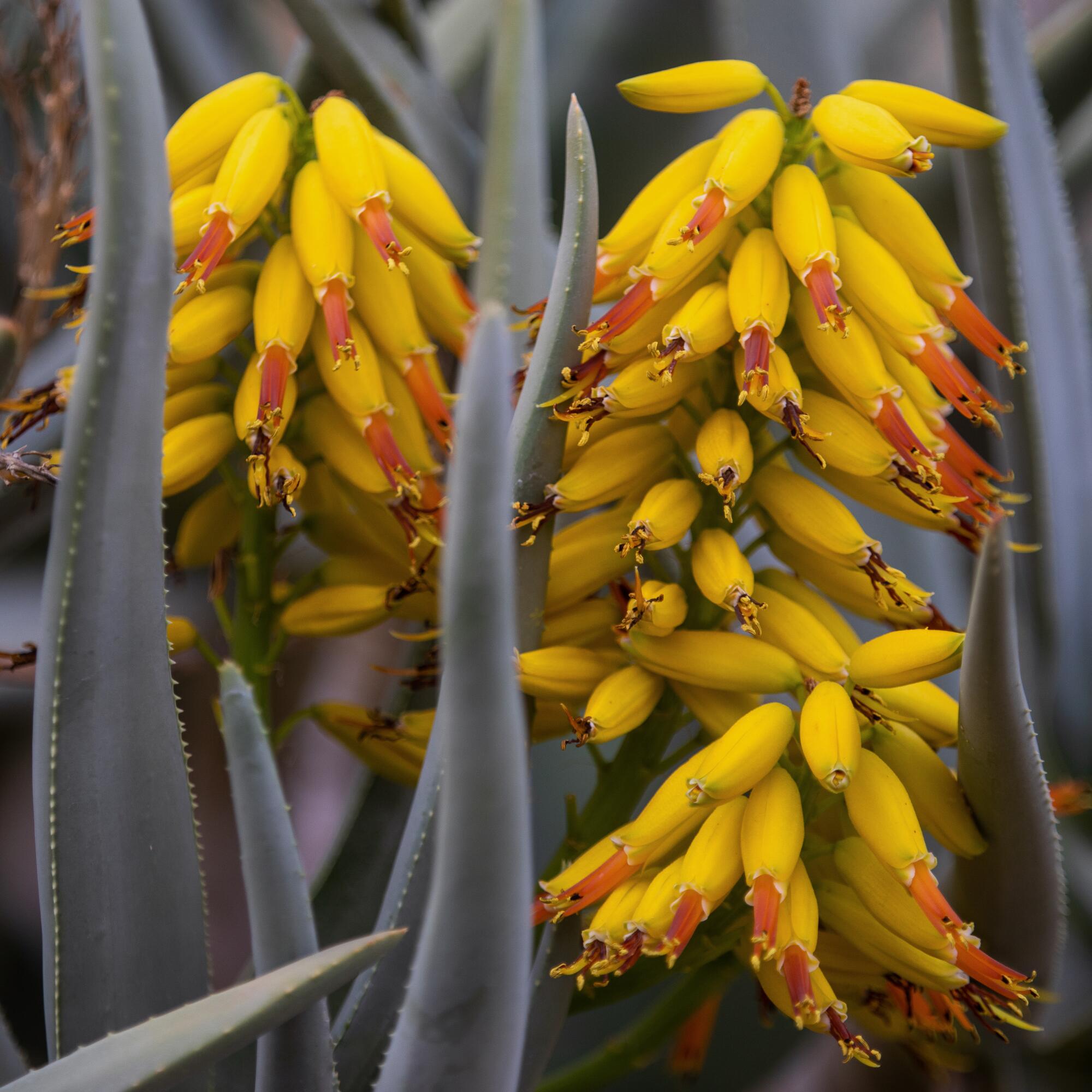
Listening to Clark is mesmerizing, but it’s hard to know whether his passion is focused on the plants and garden or on preserving the legacy his parents created. He said he’s not sure himself.
“Huell Howser visited here,” Clark said about the longtime “Visiting ... With Huell Howser” and “California’s Gold” TV host who died in 2013, “and he said, ‘What’s great about this place is that it’s like an old roadside attraction, a unique place you just discovered,’ but for me, it’s always been a family affair. It was created by my parents as a labor of love. There’s a lot of love and thought and hard work and caring that went into this place, and because of that, it gives off a lot of positive energy.”
Joshua Tree, Palm Springs, San Diego, Mammoth Mountain, Lake Tahoe, Idyllwild. Here’s a list of things to do this winter.
It’s easy to feel that energy walking with him along the wide, clean paths. Clark easily identifies almost every plant, “but sometimes I just guess,” he said, chuckling. “You’re just basically telling the story of the plants. It doesn’t have to be totally accurate. Just get it close.”
Rick said those kinds of sentiments have helped him adjust to the idea of taking over the garden someday and continuing the family legacy.
“It’s been an evolution of my willingness to take over this place,” Rick said. “I’m nervous to even say it, because it’s always been my grandmother’s place and then my father’s place. ... I don’t know if it will ever feel like mine, as much as me just appreciating their legacy. Really, it’s a tremendous gift for my father to say, ‘I trust you to carry this on.’ I worried about not knowing enough about this garden, and he said, ‘That’s all right. You have the capacity to learn, and if you have a cactus die on you, you can just dig it out and put a new one in.’ That’s a pretty good way to look at it, I think.”
These growing “tips” all stem from Clark’s pragmatically positive philosophy toward life and gardening. “When I’m having a really bad day, I just think to myself, ‘This is going to be history tomorrow, so if I can get through this today, life will be great again,’” Clark said.
“It’s kind of like plants,” he continued. “People buy plants from us and say, ‘How do I care for this?’ And I say, ‘You already know it needs water and bright light, which is pretty much all it needs, so say ‘Good morning’ to it and ‘Have a nice day,’ and it will grow.’ People think I’m a little wacko, but I believe plants are like people. Some do really well, some not so well. Remember plants have a personality, so just let them grow and hope their personality carries them through. It’s a pretty simple formula: Get rid of bad thoughts and keep good thoughts. Live and do the best you can.”
A few family members and employees help maintain the grounds, keeping the paths swept and the garden free of weeds, but not too carefully tended, Clark said, because he wants the garden to feel as natural as possible. Birdsong is abundant here, and there are, of course, lizards and bunnies in the early morning when Clark comes out to his little patch of lawn to drink his coffee and watch the sunrise turn the San Jacinto Mountains orange and pink.
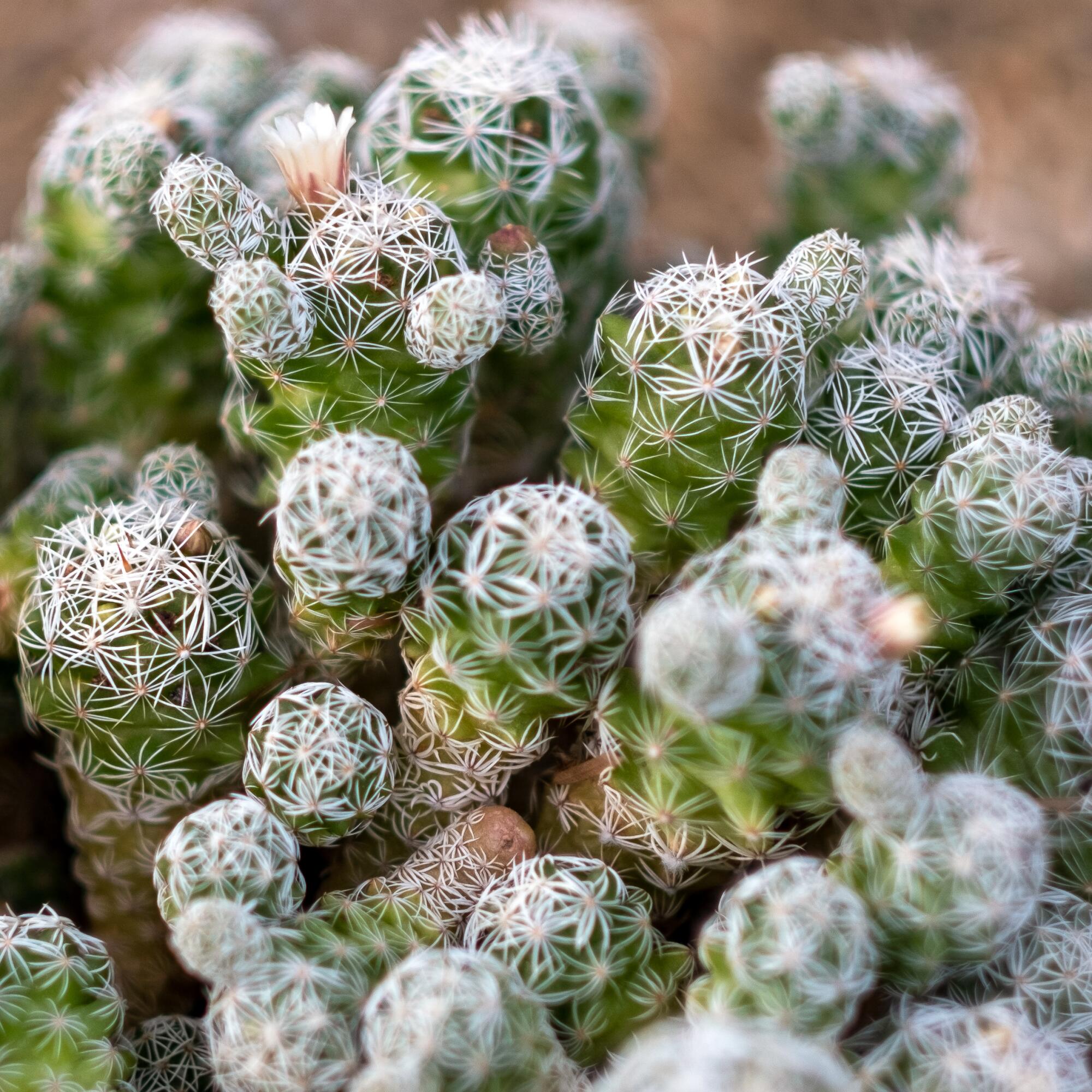
“Some people tell me I should put in artificial grass, so it will always look green,” Clark said, “and I say, ‘Yes, but then I’d have to put in artificial cactus too.’ People want us to tear out all the lawn, but grass softens your landscape. It’s nice to see a patch of green; you just don’t need half an acre of it.”
But that mild observation is about as political as Clark gets in his stories. “What I like about my garden is there are no politics here. Cactus don’t like politics, so leave your politics at the gate. Come enjoy the garden, listen to the birds sing and watch the cactus grow,” he said.
“I get developers in here all the time, wanting me to sell,” Clark said. “One guy told me, ‘You could do something really worthwhile with this property,’ and I said, ‘This is pretty worthwhile.’ And he said, ‘Ah, it’s just plants,’ and I said, ‘That’s OK. I can live with that.’
“It is a prime piece of real estate, but it’s not for sale,” he continued. “It’s not going anywhere. If I’d been born with different parents and raised a different way, I might think this is stupid. Even my wife asks sometimes, ‘Why are you so obsessed with this?’ But this is all I know. I don’t have a job. I have a life, and this is it.”
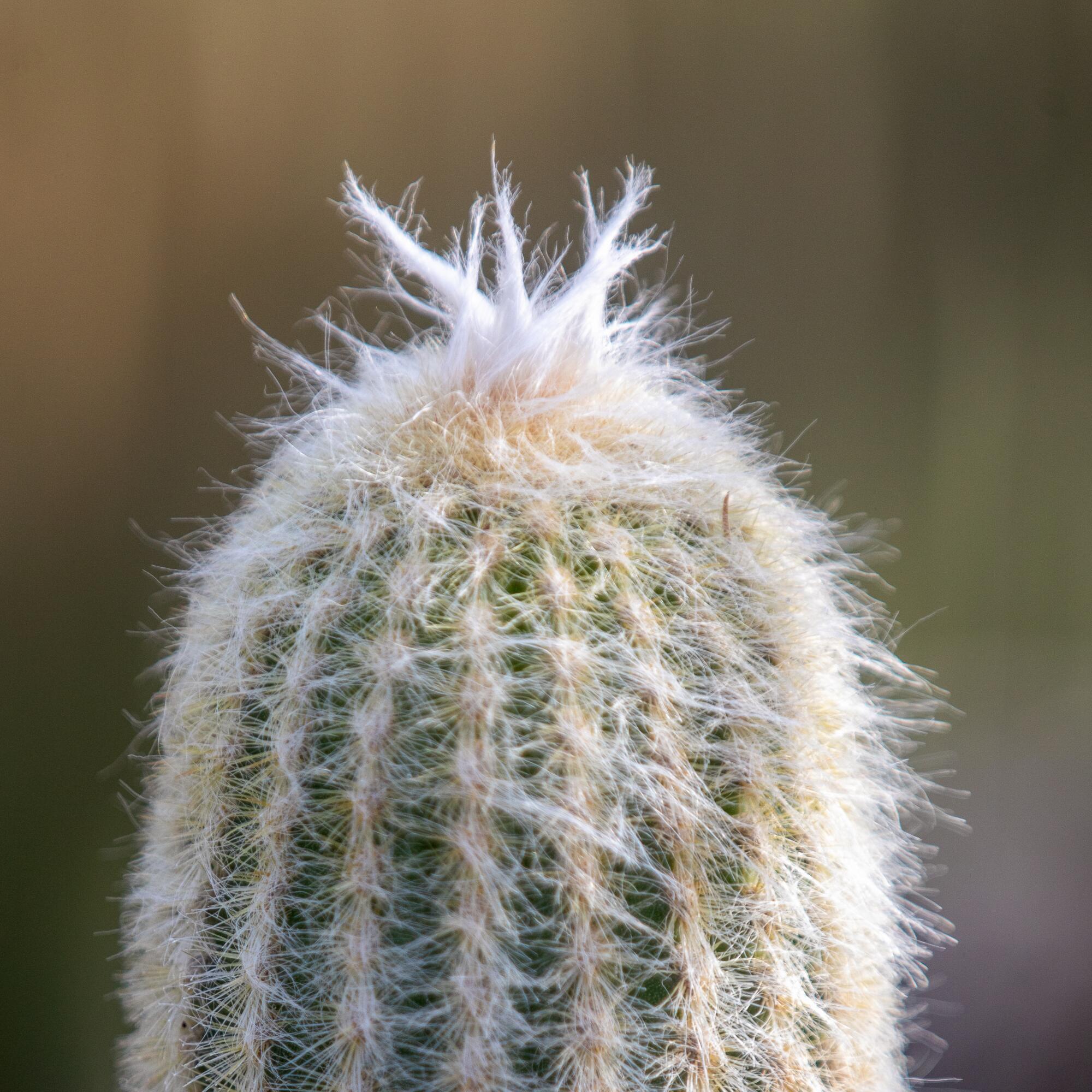

More Palm Springs Spots
More to Read
Sign up for The Wild
We’ll help you find the best places to hike, bike and run, as well as the perfect silent spots for meditation and yoga.
You may occasionally receive promotional content from the Los Angeles Times.



